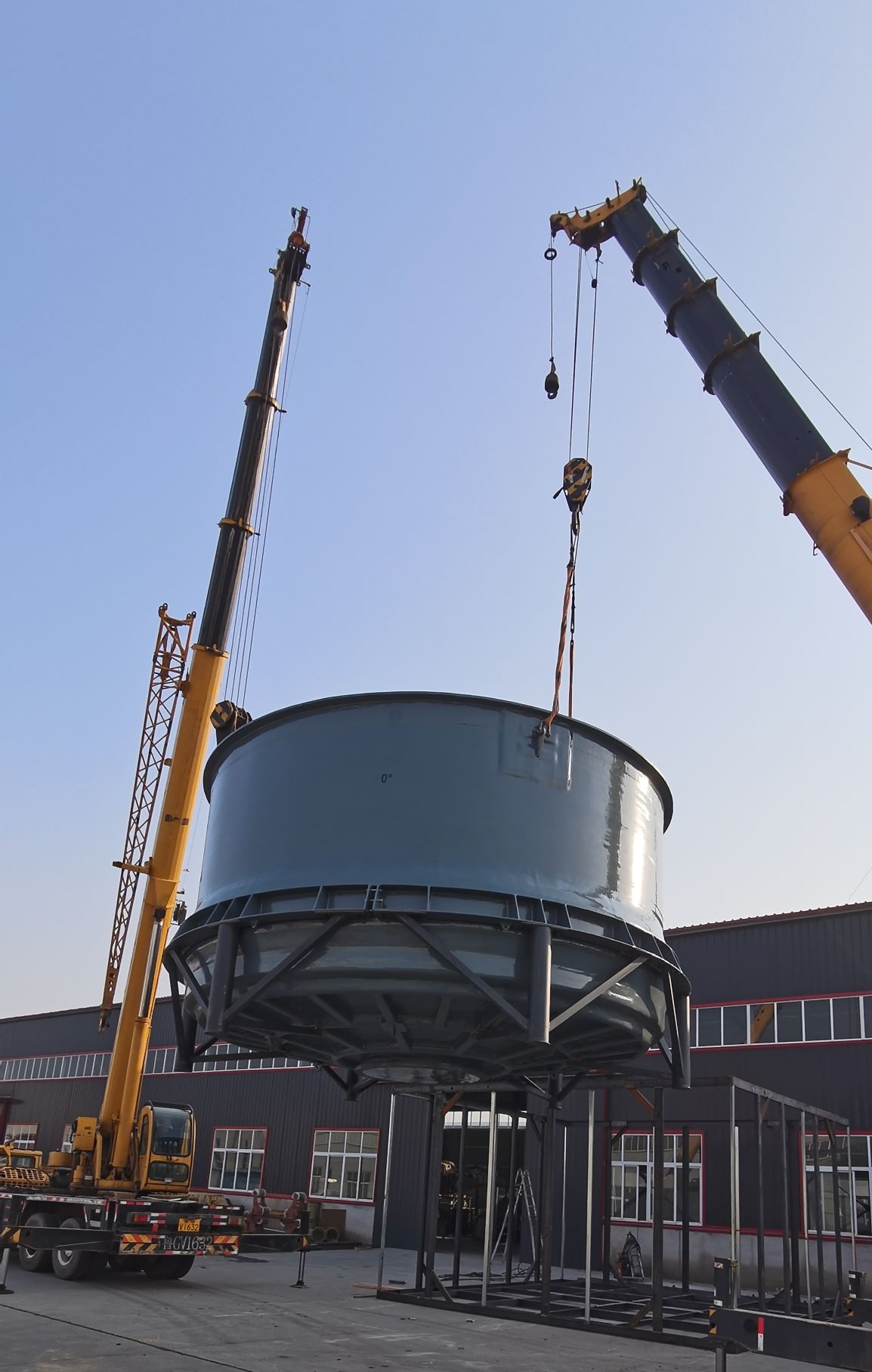
-
 Afrikaans
Afrikaans -
 Albanian
Albanian -
 Amharic
Amharic -
 Arabic
Arabic -
 Armenian
Armenian -
 Azerbaijani
Azerbaijani -
 Basque
Basque -
 Belarusian
Belarusian -
 Bengali
Bengali -
 Bosnian
Bosnian -
 Bulgarian
Bulgarian -
 Catalan
Catalan -
 Cebuano
Cebuano -
 China
China -
 China (Taiwan)
China (Taiwan) -
 Corsican
Corsican -
 Croatian
Croatian -
 Czech
Czech -
 Danish
Danish -
 Dutch
Dutch -
 English
English -
 Esperanto
Esperanto -
 Estonian
Estonian -
 Finnish
Finnish -
 French
French -
 Frisian
Frisian -
 Galician
Galician -
 Georgian
Georgian -
 German
German -
 Greek
Greek -
 Gujarati
Gujarati -
 Haitian Creole
Haitian Creole -
 hausa
hausa -
 hawaiian
hawaiian -
 Hebrew
Hebrew -
 Hindi
Hindi -
 Miao
Miao -
 Hungarian
Hungarian -
 Icelandic
Icelandic -
 igbo
igbo -
 Indonesian
Indonesian -
 irish
irish -
 Italian
Italian -
 Japanese
Japanese -
 Javanese
Javanese -
 Kannada
Kannada -
 kazakh
kazakh -
 Khmer
Khmer -
 Rwandese
Rwandese -
 Korean
Korean -
 Kurdish
Kurdish -
 Kyrgyz
Kyrgyz -
 Lao
Lao -
 Latin
Latin -
 Latvian
Latvian -
 Lithuanian
Lithuanian -
 Luxembourgish
Luxembourgish -
 Macedonian
Macedonian -
 Malgashi
Malgashi -
 Malay
Malay -
 Malayalam
Malayalam -
 Maltese
Maltese -
 Maori
Maori -
 Marathi
Marathi -
 Mongolian
Mongolian -
 Myanmar
Myanmar -
 Nepali
Nepali -
 Norwegian
Norwegian -
 Norwegian
Norwegian -
 Occitan
Occitan -
 Pashto
Pashto -
 Persian
Persian -
 Polish
Polish -
 Portuguese
Portuguese -
 Punjabi
Punjabi -
 Romanian
Romanian -
 Russian
Russian -
 Samoan
Samoan -
 Scottish Gaelic
Scottish Gaelic -
 Serbian
Serbian -
 Sesotho
Sesotho -
 Shona
Shona -
 Sindhi
Sindhi -
 Sinhala
Sinhala -
 Slovak
Slovak -
 Slovenian
Slovenian -
 Somali
Somali -
 Spanish
Spanish -
 Sundanese
Sundanese -
 Swahili
Swahili -
 Swedish
Swedish -
 Tagalog
Tagalog -
 Tajik
Tajik -
 Tamil
Tamil -
 Tatar
Tatar -
 Telugu
Telugu -
 Thai
Thai -
 Turkish
Turkish -
 Turkmen
Turkmen -
 Ukrainian
Ukrainian -
 Urdu
Urdu -
 Uighur
Uighur -
 Uzbek
Uzbek -
 Vietnamese
Vietnamese -
 Welsh
Welsh -
 Bantu
Bantu -
 Yiddish
Yiddish -
 Yoruba
Yoruba -
 Zulu
Zulu
Jan . 17, 2025 00:44
Back to list
acid storage tank
Navigating the complexities of acid storage presents numerous challenges and opportunities for businesses in industries such as manufacturing, pharmaceuticals, and agriculture. At the heart of this issue is the acid storage tank, an engineered solution designed to safely contain corrosive substances. Understanding the critical components of these tanks enhances their safe utilization and maintenance, reinforcing both operational efficiency and environmental sustainability.
Adhering to regulatory standards is another critical aspect of managing acid storage tanks. Comprehending laws such as the Environmental Protection Agency's (EPA) regulations or the Occupational Safety and Health Administration's (OSHA) guidelines ensures compliance and fortifies an organization’s reputation as a responsible entity. These guidelines typically include procedures for tank installation, inspection, and maintenance, as well as recommendations for employee safety training. Successful management of acid storage tanks rests not only on the physical components but also on human expertise. Employing skilled technicians trained in chemical handling can significantly mitigate risks, whereas investing in continuous education keeps staff informed about the latest safety protocols and technological advancements. Moreover, incorporating digital solutions elevates the management of acid storage beyond traditional methods. Utilizing Internet of Things (IoT) technology to monitor tank conditions in real-time enhances reaction times to potential problems, minimizes downtime, and extends the lifespan of the storage system. Modern software platforms enable seamless integration with existing enterprise systems, offering predictive maintenance alerts and comprehensive data analytics to improve decision-making. Building a proactive maintenance schedule forms the bedrock of trust and reliability in acid storage. Regularly scheduled inspections and maintenance tasks can detect wear and tear early, preventing costly repairs and ensuring compliance with industry standards. This proactive approach, combined with proper staff training and leveraging technology, results in a robust strategy that optimizes operations while safeguarding human health and the environment. The unique challenges of acid storage highlight the importance of blending expert insight with cutting-edge technology. This synergy cultivates a trustworthy operation that not only meets the immediate demands of chemical containment but anticipates future changes in regulatory landscapes and environmental policies. Organizations that prioritize expertise, trust, and innovation will lead the way in sustainable and safe chemical management, setting benchmarks for industry best practices globally.


Adhering to regulatory standards is another critical aspect of managing acid storage tanks. Comprehending laws such as the Environmental Protection Agency's (EPA) regulations or the Occupational Safety and Health Administration's (OSHA) guidelines ensures compliance and fortifies an organization’s reputation as a responsible entity. These guidelines typically include procedures for tank installation, inspection, and maintenance, as well as recommendations for employee safety training. Successful management of acid storage tanks rests not only on the physical components but also on human expertise. Employing skilled technicians trained in chemical handling can significantly mitigate risks, whereas investing in continuous education keeps staff informed about the latest safety protocols and technological advancements. Moreover, incorporating digital solutions elevates the management of acid storage beyond traditional methods. Utilizing Internet of Things (IoT) technology to monitor tank conditions in real-time enhances reaction times to potential problems, minimizes downtime, and extends the lifespan of the storage system. Modern software platforms enable seamless integration with existing enterprise systems, offering predictive maintenance alerts and comprehensive data analytics to improve decision-making. Building a proactive maintenance schedule forms the bedrock of trust and reliability in acid storage. Regularly scheduled inspections and maintenance tasks can detect wear and tear early, preventing costly repairs and ensuring compliance with industry standards. This proactive approach, combined with proper staff training and leveraging technology, results in a robust strategy that optimizes operations while safeguarding human health and the environment. The unique challenges of acid storage highlight the importance of blending expert insight with cutting-edge technology. This synergy cultivates a trustworthy operation that not only meets the immediate demands of chemical containment but anticipates future changes in regulatory landscapes and environmental policies. Organizations that prioritize expertise, trust, and innovation will lead the way in sustainable and safe chemical management, setting benchmarks for industry best practices globally.
Related Products
Latest news
-
Exploring the Benefits of Top Hammer Drifter Rods for Enhanced Drilling PerformanceNewsJun.10,2025
-
High-Precision Fiberglass Winding Machine for GRP/FRP Pipe Production – Reliable & Efficient SolutionsNewsJun.10,2025
-
FRP Pipes & Fittings for Shipbuilding - Corrosion-Resistant & LightweightNewsJun.09,2025
-
Premium FRP Flooring Solutions Durable & Slip-ResistantNewsJun.09,2025
-
Premium Fiberglass Rectangular Tanks Durable & Lightweight SolutionNewsJun.09,2025
-
Tapered Drill String Design Guide Durable Performance & UsesNewsJun.09,2025









